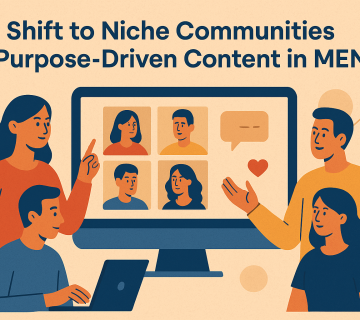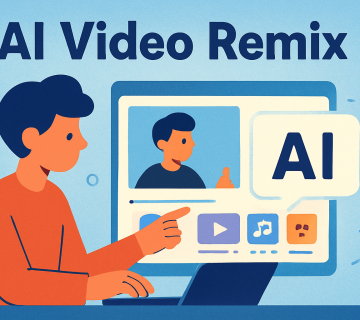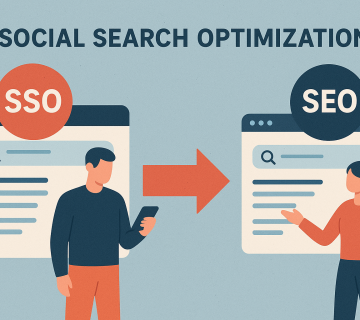Mind maps are a creative visualization technique used for mapping out thoughts and ideas. Traditionally used individually for brainstorming or planning, mind maps haven’t been very shareable on social media. However, with tools that allow collaborative mind mapping online, there is potential for sharable mind maps to become a new trend on social media platforms. This could enable a new form of creative collaboration between users.
Interconnected Ideas
Rather than just sharing written thoughts or photos, shareable mind maps would allow posting visual overviews of interconnected ideas. Furthermore, by making mind maps editable by connections in a user’s network, it fosters discussion and consensus building around any topic. For example, a teacher could post a mind map about an upcoming lesson to collect student feedback and suggestions before finalizing plans. Alternatively, friends may start a shared map to plan an event together, each contributing over time.
Sharing Thoughts
While mind maps are not a new concept, the ability to literally share a map of one’s thoughts visually online sets this idea apart from simple text-based sharing. Due to how the human brain processes and retrieves visual information more easily than written words, shareable mind maps could engage audiences better on social platforms optimized for visual content. Seeing ideas mapped out spacially rather than linearly in words may resonate more with visual learners. It also just makes for more interesting content than walls of text on a newsfeed.
As more tools support collaborative mind mapping through browsers, these kinds of interactive sharable maps may see wider adoption on networks like Facebook, Twitter or LinkedIn in coming years. Therefore, social media users should start experimenting with mapping out their ideas visually using online mind mapping tools. Then they can easily post and link to their interactive maps from profile updates without trouble. Maps could also be exported as static image files for easier sharing on platforms not optimized for mind maps yet. With practice, compelling mind maps may gain more traction online versus plain written updates.
Collaborative Maps
In addition, collaborative maps allow multiple contributors which fosters brainstorming between connections. For instance, rather than hashing out event plans through back-and-forth Facebook messages, friends could work together on one map in real-time from anywhere. Project teams may find mind maps more engaging for planning than lengthy documents or debate-oriented conference calls too. This new form of co-creation could lead to interesting team-building applications of shareable mind maps for businesses online.
While still in early stages, the potential of shareable mind maps is compelling. Major factors like developing suitable tools and growing familiarity with mind mapping concepts among general social media users will determine how widely adopted this trend becomes. However, visionary social media profiles should start sharing mind maps now to help normalize the format. By experimenting with collaborative maps between close connections first, users can work out interface challenges before broader engagement. If executed smoothly, interactive shareable mind maps may emerge as a preferred way to spark new discussions and get work done together online in future. The ease of visual planning online could especially appeal to busy professionals with a lot to organize across multiple projects. Only time will tell how social changes reshape collaboration through new trends like these emerging digital formats.




